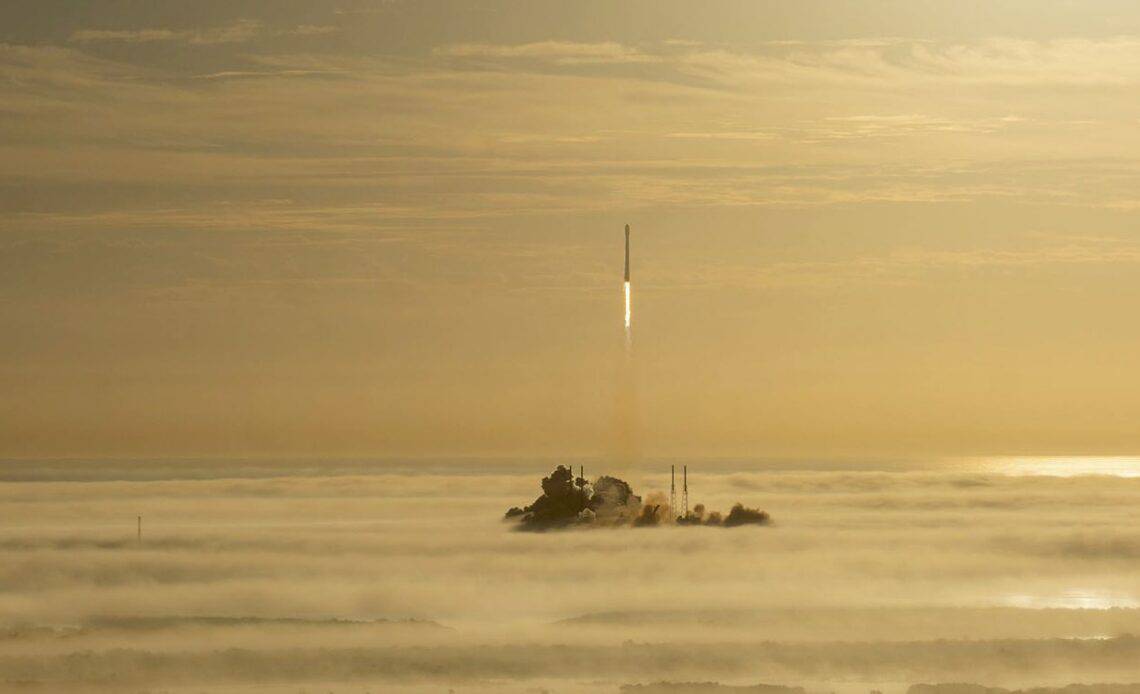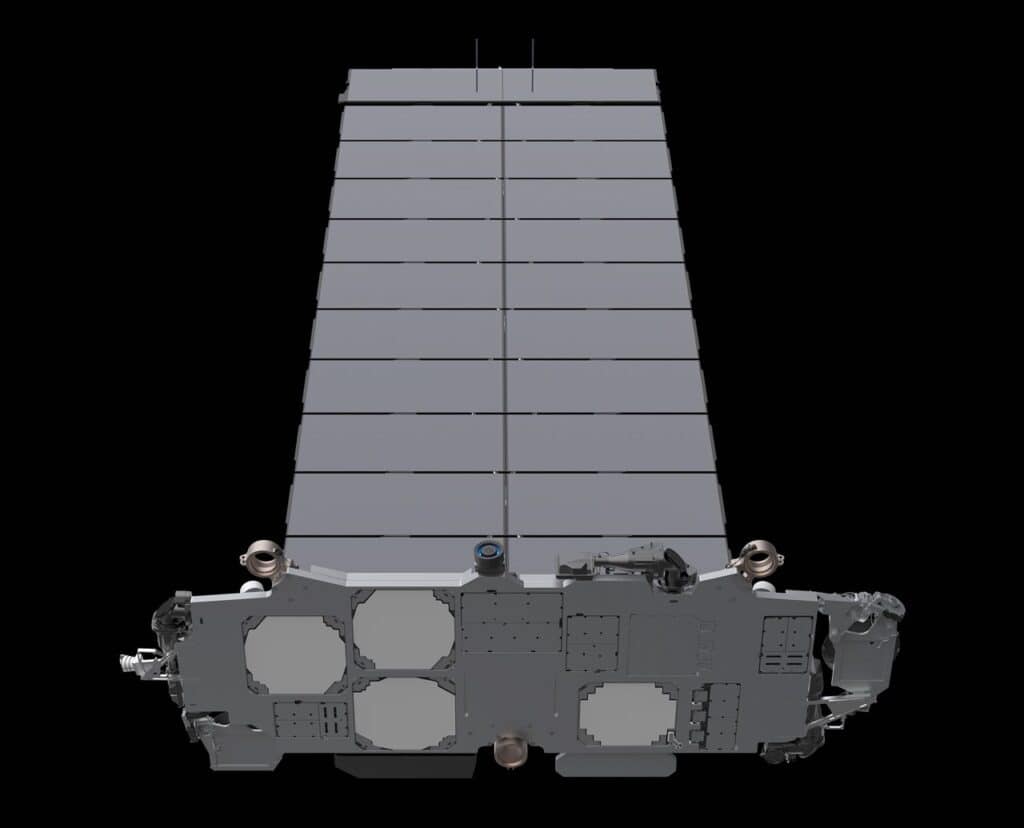
Above: A SpaceX drone launches Starlink satellites into low earth orbit. Photos courtesy Starlink.
BitDepth#1390 for January 23, 2023
For more than a decade, there’s been talk of another player in local telecommunications, despite a saturated market with three major players.
When Digicel and Massy Communications almost simultaneously launched new fixed broadband services in 2016, the clear winner was Digicel, who scooped entire neighbourhoods from under the noses of Massy’s sales teams.
TSTT would eventually buy Massy’s plant and assets in May 2017, rebranding it as Amplia.
By October 2020, Massy would exit the ICT sector entirely, selling Massy Technologies to Jamaica’s PBS Technologies.
But competition, even in this well-provisioned market, is on the horizon again and this time, it’s going to quite literally descend from above.
Elon Musk’s satellite-based broadband service Starlink, a division of SpaceX, is composed of more than 1,900 active orbiting transmitters.
The company began launching its satellites into orbit in 2018, and continued launching them in regular monthly batches.
Think of a fishnet circling the globe, with each satellite as an interlocking knot, and you have a sense of how these orbiting devices will connect to each other to provide service across broad expanses of the planet’s surface.
But there are quite a few holes, even as the company is positioning its services for mobile as well as fixed receivers.
There’s an RV version for people living in mobile homes or recreational vehicles available in parts of the US and another it hopes to push for aircraft and ships at sea.

The company is promising service coverage in Trinidad and Tobago by the second quarter of 2023, according to a map of existing and planned service on its website.
The company does not have a license to operate in this country, according to the Telecommunications Authority (TATT).
“Starlink has applied for a concession and associated licences to provide a fixed satellite based internet service,” TATT explained in an emailed response to questions.
“The Authority has made a recommendation to the Minister of Digital Transformation in accordance with conditions outlined in Section 21 (5) (6) and (7) of the Telecommunication Act Chap 47:31.”
Under that regulation, the minister’s decision is due over the next few weeks.
Satellite broadband solves the last persistent problem with local service coverage posed by geography and terrain.
There remain areas in the country that are too costly to wire and pose expensive problems for ground based signal transmission. TATT has been unable to stoke interest in these edge case projects with its Universal Service Fund.
Satellite delivery solves the problems of cost of infrastructure and the limited capacity to recoup it in sparsely populated regions.
In their response, TATT acknowledged this value proposition, “The Authority has no objection to the use of satellite technology, mindful of the benefits satellite delivery can bring to certain segments of our population, including universal access, high resilience to natural and man-made disasters and desired redundancy in critical applications.”
But Musk’s Starlink isn’t a magic solution. As previous efforts at creating telecommunications constellations of satellites such as Iridium have proven, cost and value are sometimes a difficult wild horse to ride.
Iridium was a big idea at the time, but the space launches required to put its satellites in orbit broke the company. Iridium now focuses its next generation transmitters on scientific and emergency services.
A Starlink installation will cost you US$599 for the hardware and US$110 per month thereafter, a price on par with the priciest home broadband solutions from existing providers.

Starlink is also vulnerable to atmospheric interference, including heavy rain.
You’ll be on your own for getting everything up and running. Starlink arrives in a box, and like many web-based services such as Amazon, expects their website to do the heavy lifting, not live customer service.
You can’t even email Starlink. You can only sign up for the service with a refundable deposit of US$99, and wait for whenever it becomes available and is awarded a licence to operate locally.
On the rather significant plus side, users are promised bandwidth of between 50 and 100MB with a latency between 20 and 40 milliseconds.
In November, internet speed monitoring service Ookla reported that median speeds on Starlink had dropped 17 per cent to 53 MB, a consequence of demand that will only be met by increased satellite coverage.
Starlink will also face competition from another billionaire with an interest in space.
Amazon’s Project Kuiper will begin with the construction of a Seattle factory to build at least one satellite per day to construct a network of 3,236 satellites in low Earth orbit.
The company’s first two prototype satellites are scheduled to be launched early in 2023.


